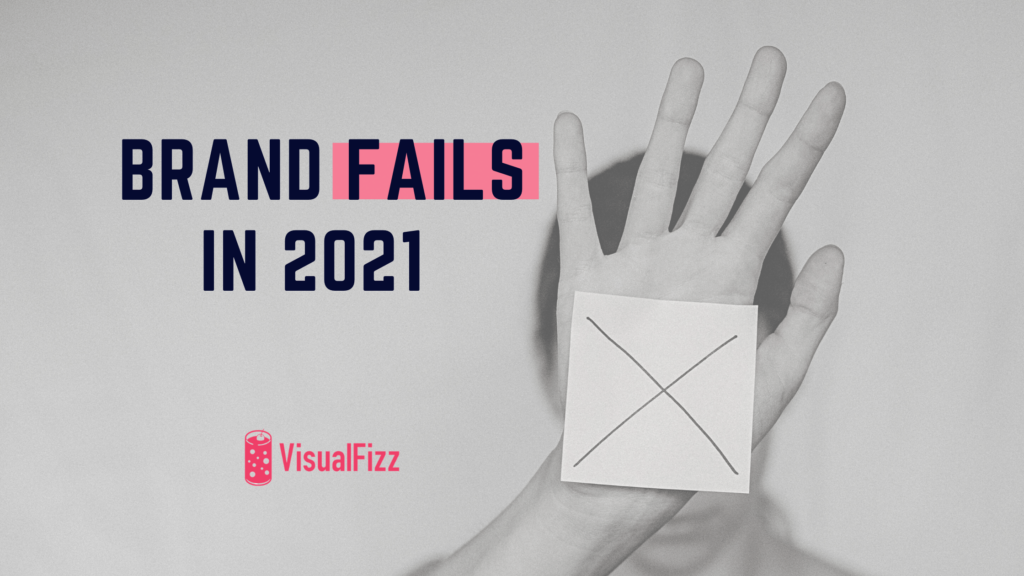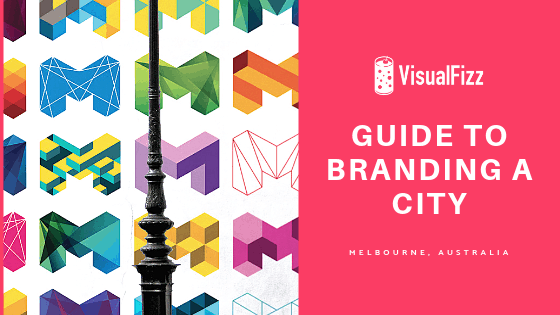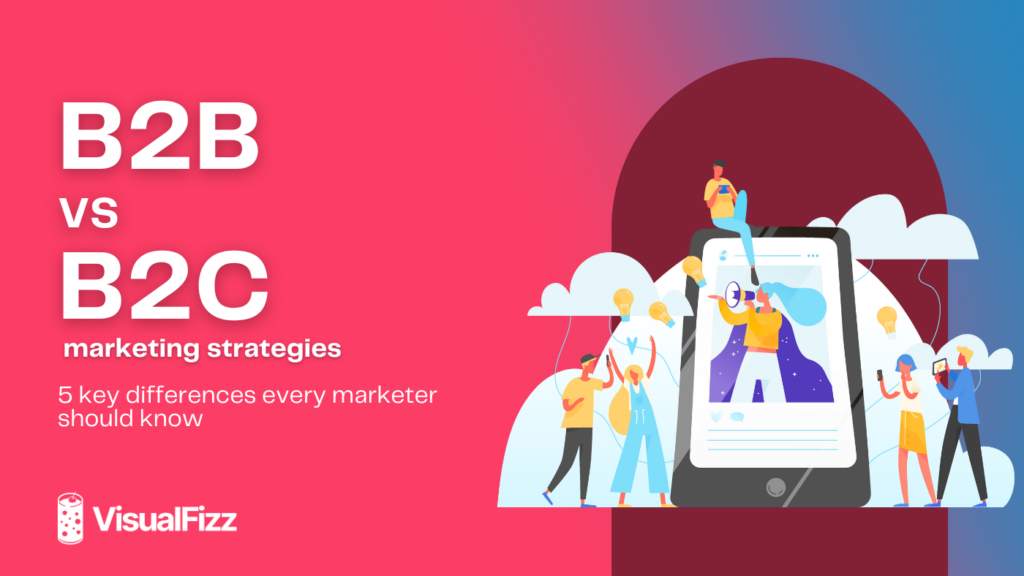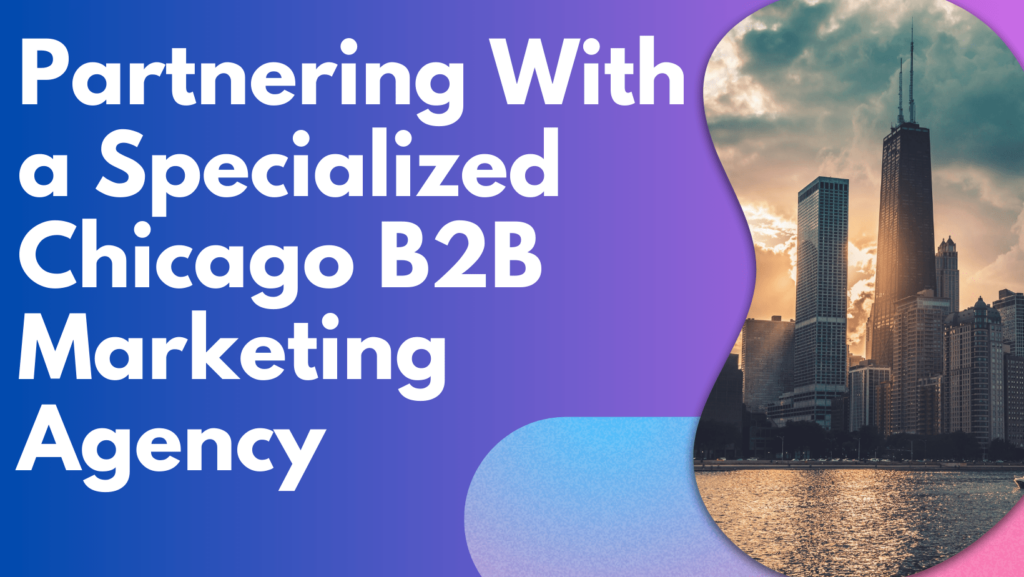
A brand fail is, at worst, a mild annoyance to the average consumer. Most consumers simply flip on the TV, endure the commercials, and maybe make a note to never buy from that brand ever again. Brands, on the other hand, must endure ruthless criticism and maybe even apologize to the public if they ever want to sell their merchandise again. To ensure that never happens to your brand, we’ve compiled a list of the Worst Brand Fails of 2021 including Five Lessons For Marketers On How To Avoid Bad Branding.
Burger King Gets Bold and Forgets the Fold
Regular readers of this blog will recognize a familiar name at the top of our list. We swear we don’t have anything against Burger King personally. We just really hate bad branding and they keep stepping in it. Case and point – this ridiculous ad released on International Women’s Day.
For reasons that we hope are obvious, Burger King’s decision to run a full-page ad in The New York Times with the header “Women Belong in the Kitchen” didn’t land well. Maybe they thought they were being clever or that consumers would find the play on words amusing.
Whatever the team behind this ad was thinking, they did not consider how this advertisement would be received on social media. Though a complete read of the advertisement reveals BK’s commitment to the H.E.R. (Helping Equalize Restaurants) scholarship, the post on Twitter looked like this:
Unfortunately for Burger King (and everyone who witnessed that post), it was only in subsequent tweets that the intended meaning of the post was explained.
The outcry on social media was not surprising and, frankly, well deserved. KFC even jumped on the bandwagon.
To their credit, Burger King not only acknowledged that their tweet was insensitive, they also recognized a common social media mistake made by brands.
Our tweet in the UK today was designed to draw attention to the fact that only a small percentage of chefs and head chefs are women. It was our mistake to not include the full explanation in our initial tweet and have adjusted our activity moving forward because we’re sure that when people read the entirety of our commitment, they will share our belief in this important opportunity.
The Lesson: There’s a fine line between edgy, inappropriate, and downright damaging to your reputation. Though that line is constantly shifting, brands need to constantly weigh the potential cost of a brand fail against the benefits of landing a few more views, clicks, and shares.
Speaking of fine lines. There is a fine line known as “the fold” which every brand should know about. The fold is an old term used to describe the literal fold of a newspaper. On social media, the fold refers to the line between one social media post and the following post.
Like many social media engagements, the productive conversation surrounding BK’s progressive message was lost below the fold of the previous tweet. Most of the intended audience did not engage with or even see the subsequent posts in their feed. To avoid losing the context of your message, be sure to include the entirety of the message in one social media post.
Chinese Clothing Brand Spins National Tragedy to Sell Underwear
The only thing worse than making light of a national tragedy is trying to capitalize on it. Hinos, a clothing manufacturer based in Shanghai, learned that lesson the hard way when they ran this ad for moisture-wicking clothing.
The advertisement reads, “Keeping dry is critically important. Some people remember to keep warm but forget about the risk of hypothermia caused by profuse sweating. Choose moisture-transferring and quick-drying underwear instead of those made of cotton. Cotton products increase the risk of hypothermia because they absorb sweat and are hard to get dry.”
The ad seems harmless, even helpful, until you realize that the picture used in the background is from the Gansu Ultramarathon, in which 21 competitors were killed when the weather rapidly deteriorated along the 100km trail race.
Needless to say, web users were shocked by the brazen way in which a children’s clothing brand leveraged the harrowing event just to sell underwear.
“This is too much … how could they use other people to advertise their products? Please remove it immediately and apologise. I will not patronise this brand any more,” one Weibo user wrote.
Another Weibo user even compared the ad to eating bloody steamed buns. “They have no limit, no moral integrity. It’s like eating steamed buns dipped in human blood.” Hinos was forced to issue an apology admitting the advertisement was inappropriate.
The post says, “We have removed the advertisement immediately and we extend our deep apologies for the anguish it caused…” The company also vowed to impose stricter content review standards in the future, but that’s not all.
Do you see that bright red circle and star stamped on the bottom of the apology statement by Hinos? That’s a corporate seal, and they are a BIG deal in China. Once a company stamps its seal to a document, that document is legally binding. In other words, if Hinos reneges on their apology with another careless branding error, the company executives could face real legal consequences.
The Lesson: At its core, branding is an attempt to make an emotional connection with your audience. Hinos tried to make that connection by invoking fear on the heels of a national tragedy. The lesson we learn from their mistake is to avoid using a national tragedy to hawk merchandise.
Brands Embrace Rainbow Capitalism
To say that consumers are distrustful of corporations is an understatement. Branding and marketing can help sway public sentiment, but no advertisement can erase decades of indifference to social justice. Enter Pride, 2021.
June is Pride month around the world, and this year corporations were quick to jump on the bandwagon. Thankfully LGBTQ+ people across the internet were there to engage in an important Pride tradition: slamming the year’s nauseating display of rainbow capitalism.
Also known as “pinkwashing,” rainbow capitalism is a term used to describe the commercialization, and commodification of LGBTQ+ movements, most notably Pride.
In the same way that whitewashing absorbs the historical struggles of minorities and marginalized communities, rainbow capitalism exploits LGBTQ+ communities by commodifying their culture and selling it back to them as a product.
Rainbow capitalism is not only damaging to the LGBTQ+ community, it’s the reason why so many people are unaware of the roles of black and brown trans women in the creation of Pride Month, even though the celebration is meant to commemorate them.
We can go on and on about the dangers of Rainbow Capitalism like how Pride month is one of the spirit-and-alcohol industry’s biggest promotional seasons, despite the disproportionately high rates of substance abuse among LGBTQ+ people.
Fortunately, the LGBTQ+ community seems to revel in slamming rainbow capitalism for producing the most abhorrent branding of the year. Victoria Secret was up first. They were decimated for tweeting a Pride message despite refusing to hire transgender models.
American Airlines was up next. They learned that the LGBTQ+ community pays very close attention to what happens in Washington. AA’s flashy display of rainbow-washed cover banners was not enough to drown out the nearly $50,000 in campaign donations they made to anti-LGBTQ in 2020.
The list of brands who took part in this year’s display of rainbow capitalism was enormous. Fortunately, the LGBTQ+ community is much stronger than a bunch of disingenuous corporations. Unfortunately, many of the corporations that have rainbow symbols and pro-LGBTQ messaging during Pride Month spend the rest of the year in support of politicians who actively oppose pro-LGBTQ legislation.
The Lesson: The lesson brands should take from Pride is that your audience can tell when you are disingenuous. If you want to take a stand with your messaging, do it. But don’t pretend to be something you’re not.
Marketers should also do their best to keep their brands off the bandwagon. There is a lot of social pressure for brands to do something for every single awareness month, but there are limits to how authentic a brand can be when participating in rainbow capitalism. It’s our job as marketers to recognize those limits, and stop short of them before we cause more harm than good.
Automation Succumbs to Twitter Trolls
2021 was the year the social media team at Adidas UK learned that automation doesn’t always pan out the way you think it will. The plan was for the Adidas Twitter account to encourage its followers to tweet with the hashtag #DareToCreate.
In doing so, the account would send an automated response featuring an image of the user’s handle printed on the back of an Arsenal shirt. The Twitter campaign sounds like a great idea until you remember one of the cardinal rules of the internet – Don’t Feed The Trolls.
We won’t post the offensive stuff here, but as you might expect, the automatic reply function was immediately vulnerable to abuse by Twitter trolls who began submitting extremely offensive handles. Although this wasn’t the fault of Adidas directly, it makes the Brand Fails list because of the clear oversight on their part.
To their credit, Adidas turned off the function as soon as they caught wind of the controversy and all of the tweets have since been deleted. Then they released this statement,
As part of our partnership launch with Arsenal we have been made aware of the abuse of a Twitter personalization mechanic created to allow excited fans to get their name on the back of the new jersey. Due to a small minority creating offensive versions of this, we have immediately turned off the functionality. We are in contact with Twitter, the innovation provider, to establish the cause and ensure they continue to monitor and action violating content as a matter of urgency.
The Lesson: Though hashtag campaigns are a good idea, brands should prepare for the dangerous rhetoric and activity they can invite from bad actors. Anybody with a basic understanding of the internet could have seen this brand fail coming.
Robinhood Becomes the Villain
Robinhood’s Super Bowl ad couldn’t have come at a worse time for the investing brand. In the midst of a ton of bad press, Robinhood ran an ad seemingly designed to anger its viewers. In case you missed it: Robinhood is under fire after limiting trades on stocks that Reddit investors targeted to inflate, like AMC and GameStop.
This controversy is part of a greater battle between retail traders and hedge funds who shorted stocks. According to Robinhood, they didn’t have enough capital to continue trading, but that only makes the multimillion dollar Super Bowl ad more controversial.
To say that people were unhappy with the ad is an understatement. Reactions ranged from anger, to disbelief.
To add insult to injury, Ad Age tweeted that Robinhood considered pulling the ad but chose to run it after seeing its users increase due to the controversy.
The problem with Robinhood’s Super Bowl commercial was not what it said – it’s what it didn’t say. The commercial did nothing to address any of the GameStop controversy, nor did it address their new restrictions on stocks associated with r/WallStreetBets.
To make matters worse, the ad was seemingly designed to make Robinhood users angry. The message “we are all investors” fell very flat after the brand made headlines for literally denying people the chance to invest.
The Lesson: The life of a brand is lived entirely in the public light. As marketers, we must address the controversies affecting our brand image. You can’t just sweep controversy under the rug and hope your audience moves on.
How To Avoid Brand Fails
Brand Fails are common, but not unavoidable. All you really need is common sense and perspective to avoid them. To use a common phrase – you need to walk a mile in someone else’s shoes.
Everyone sees branding differently. Group A will draw different conclusions from your ad than Group B. It’s our job as marketers to not only understand the perspective of different audience members, but also know how to appeal to them in a way that convinces them to convert.
Hire the brand experts and social media managers at VisualFizz to connect with your audience in a way that your competition can only dream of. Contact us today.
Publishing Date:







